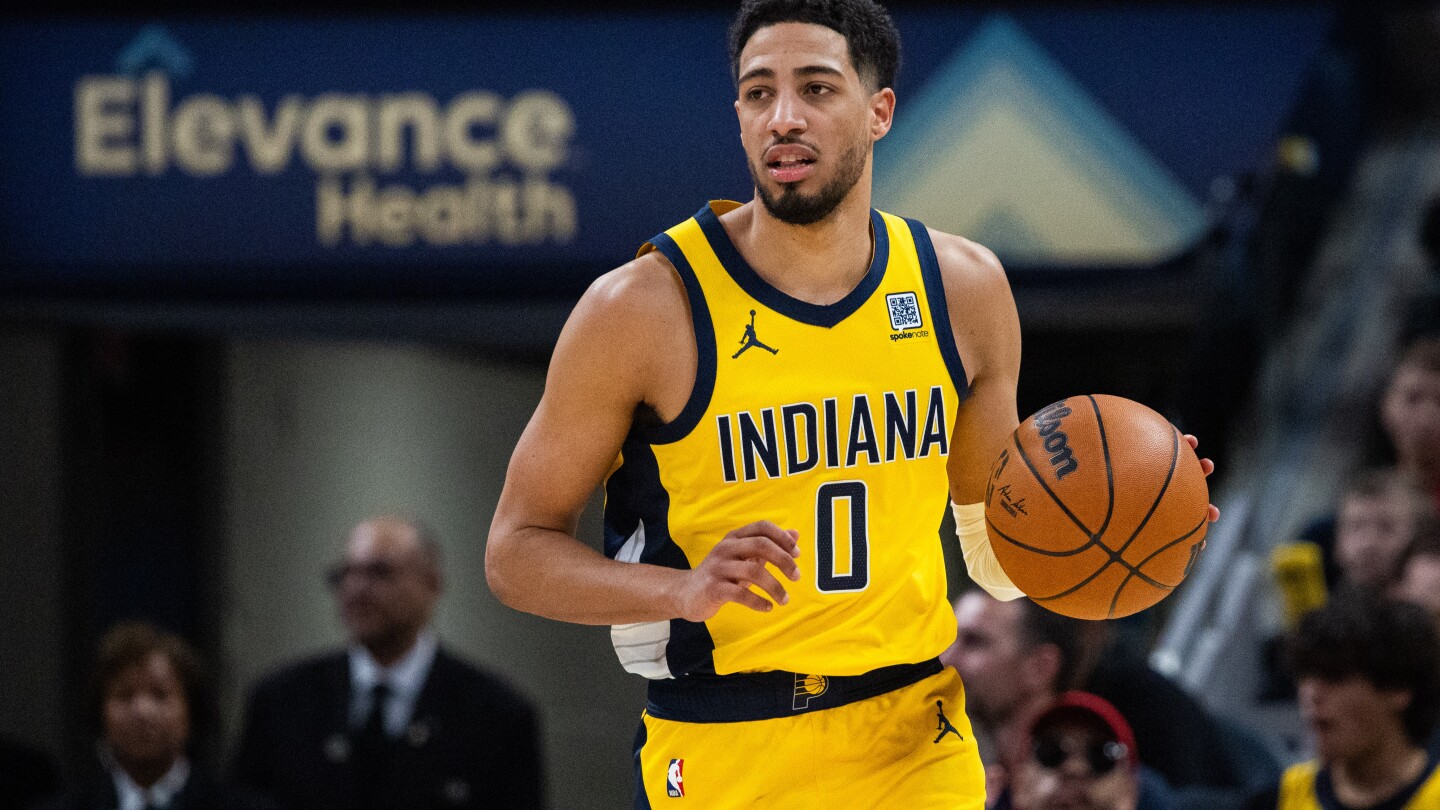Fantasy Hoops Hustle: Navigating the NBA's Week 14 Scheduling Maze

As fantasy basketball managers approach the critical Week 14, the clock is ticking toward the February 6 trade deadline. This pivotal week represents the last full scoring period before teams make their final roster adjustments, making it a crucial moment for strategic planning and potential trade negotiations.
With the deadline looming, fantasy managers should carefully evaluate their team's performance, identify potential weaknesses, and explore trade opportunities that could provide a competitive edge. Whether you're looking to bolster your lineup, clear roster space, or make a last-minute push for playoff positioning, Week 14 offers a critical window for making impactful decisions.
Smart managers will be closely monitoring player performances, injury reports, and emerging trends to maximize their team's potential before the trade deadline closes. Don't miss this opportunity to fine-tune your fantasy basketball strategy and set yourself up for success in the crucial weeks ahead.

